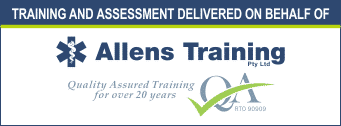Ever found yourself in a situation where you wished you knew what to do in an emergency? First aid knowledge can be a real game-changer, and the good news is, you can get started for free! But is free first aid training worth it? Let’s take a look at the benefits and drawbacks.
Benefits of Free First Aid Training
1. Accessibility and Affordability
One of the biggest perks of free first aid training is that it’s, well, free! This makes it accessible to everyone, regardless of financial situation. Whether you’re a student, a parent, or a small business owner, you can learn essential life-saving skills without spending a cent. It’s an excellent way to get started if budget constraints have been holding you back.

2. Basic Life-Saving Skills
Free courses typically cover the fundamentals of first aid, such as CPR, wound care, and handling minor injuries. These basic skills are invaluable and can make a significant difference in an emergency. Imagine
Being able to confidently perform CPR if someone suddenly collapses or knowing how to stop a bleed effectively. Even a basic understanding can empower you to act when it matters most.
3. Increased Confidence in Emergencies
There’s something about knowing what to do in an emergency that boosts your confidence. Free first aid training can help you feel more prepared and less anxious about facing unexpected situations. Picture this: you’re at a family gathering, and someone starts choking. With the right training, you’d know exactly how to help, turning a potentially tragic situation into a manageable one.
Drawbacks of Free First Aid Training
1. Limited Scope and Depth
While free courses are great for covering the basics, they often lack depth. They might not delve into more advanced topics or provide the comprehensive training that paid courses offer. For example, you might learn how to apply a bandage but not how to deal with more complex injuries or medical emergencies. If you’re looking for in-depth knowledge, you might find free courses somewhat lacking.
2. Quality of Instruction
The quality of free first aid courses can vary widely. Some are taught by experienced professionals, while others might not meet the same standards. It’s essential to research and choose a reputable course, even if it’s free. At My First Aid Course, our programs are delivered by experienced professionals who ensure high-quality instruction. Remember, good, hands-on instruction is crucial to learning first aid effectively. Poor-quality training can leave you with gaps in your knowledge or incorrect techniques, which can be dangerous in real-life situations.
3. Lack of Certification
Another significant drawback is that free courses often don’t provide nationally recognised certification. Certification can be crucial if you need proof of training for a job or to meet regulatory requirements. Nationally recognised training is especially important as it means your qualification will be acknowledged in Australia. My First Aid Course offers nationally recognised courses, ensuring your training is valid wherever you go. Without such certification, your training might not be recognised by employers or official bodies, limiting its practical use. If certification is important for you, investing in a paid course might be a better option.
Make a Wise Investment

Free first aid training can be a fantastic starting point, providing essential skills and boosting your confidence in emergencies. However, it has its limitations, including a narrower scope, variable instruction quality, and often no certification. If you’re serious about first aid, consider your long-term goals and whether a more comprehensive, certified course might be worth the investment.
At My First Aid Course, we offer a range of courses that will help get you confident.






